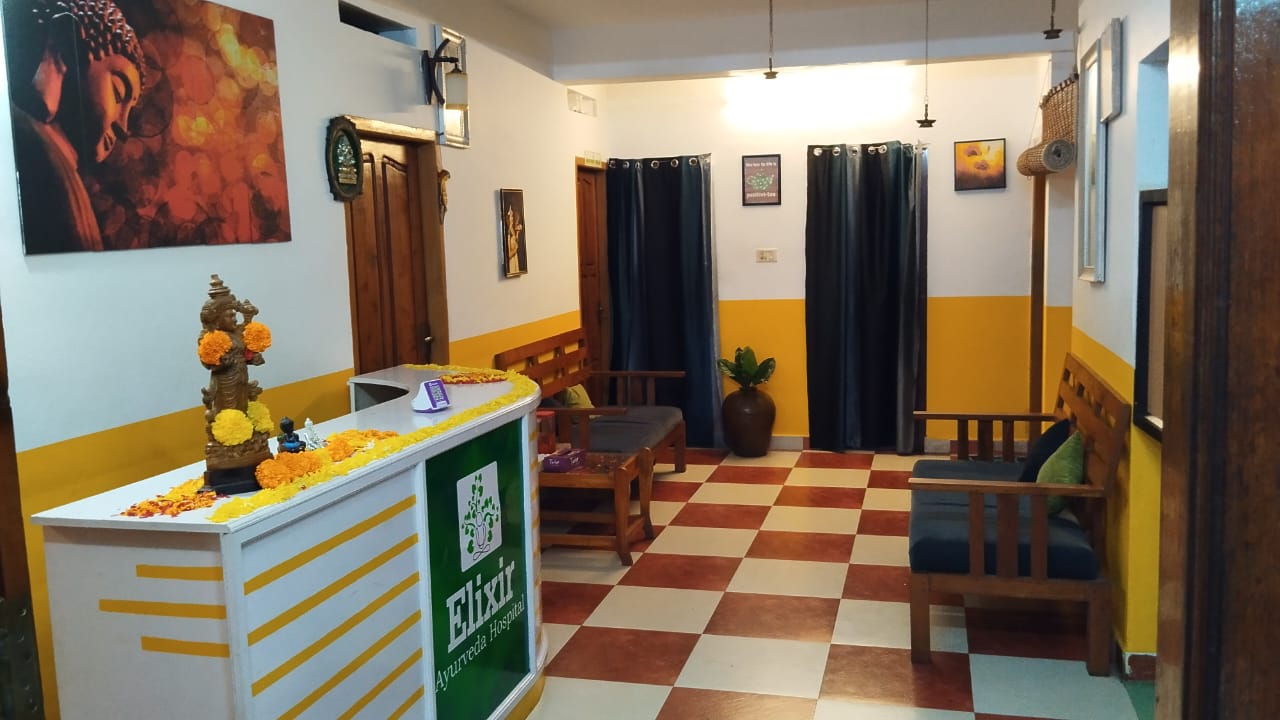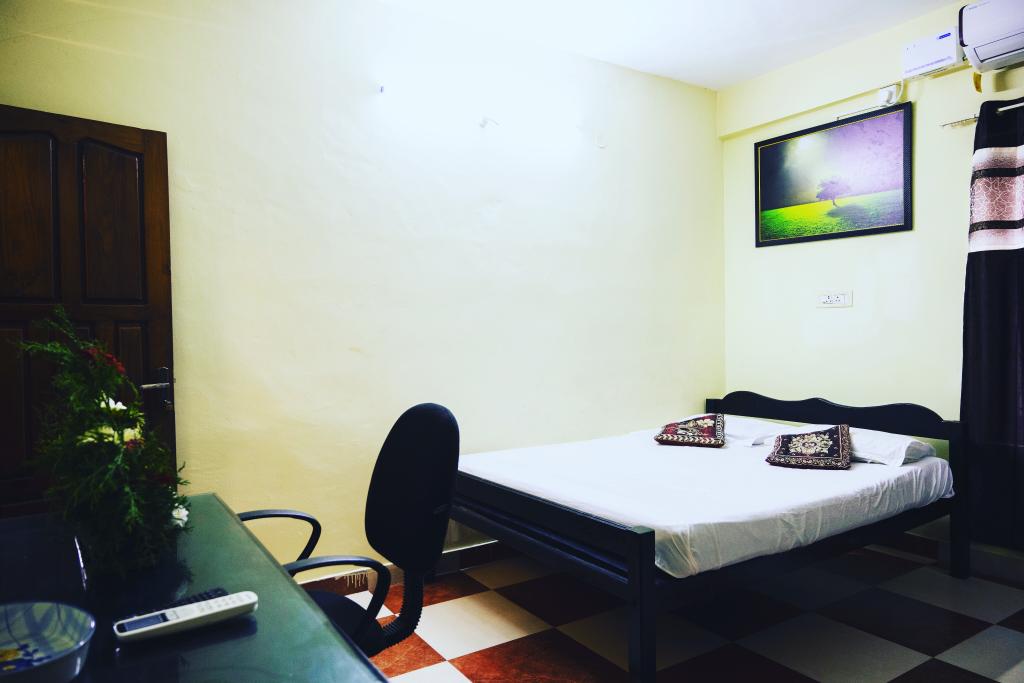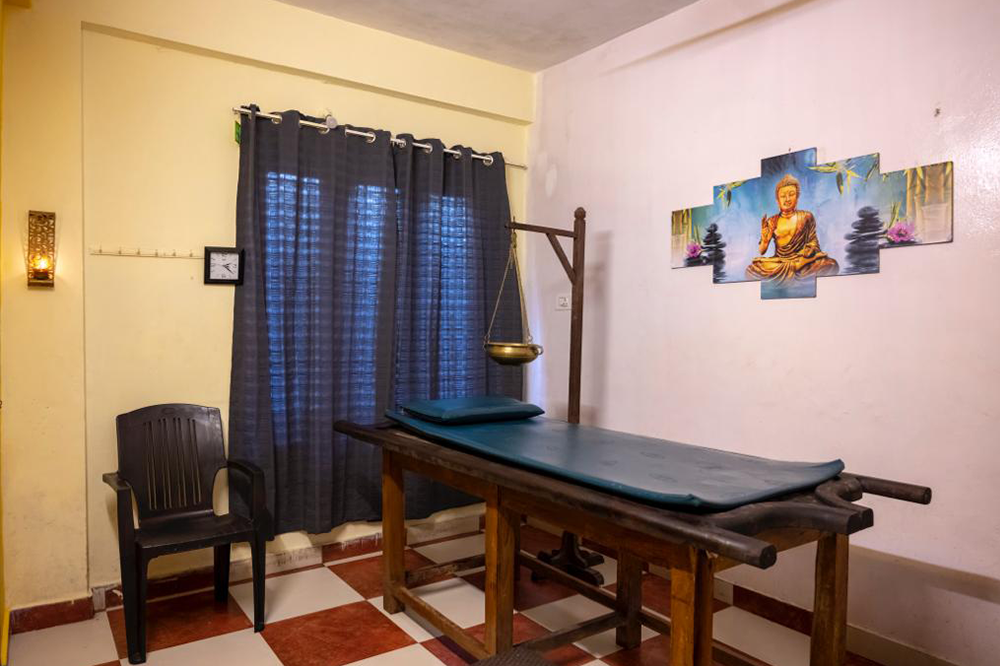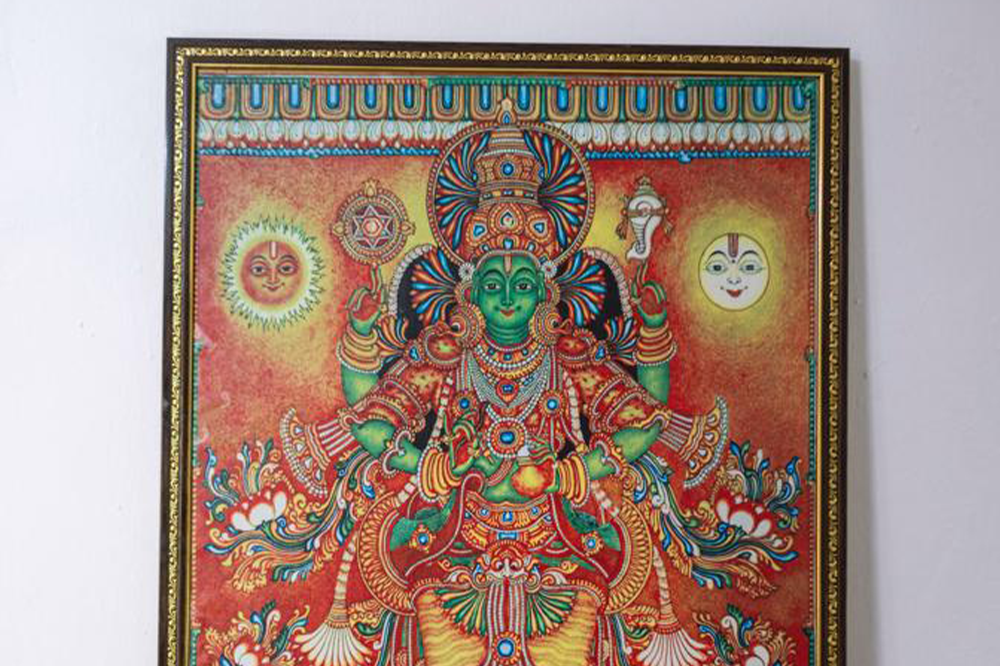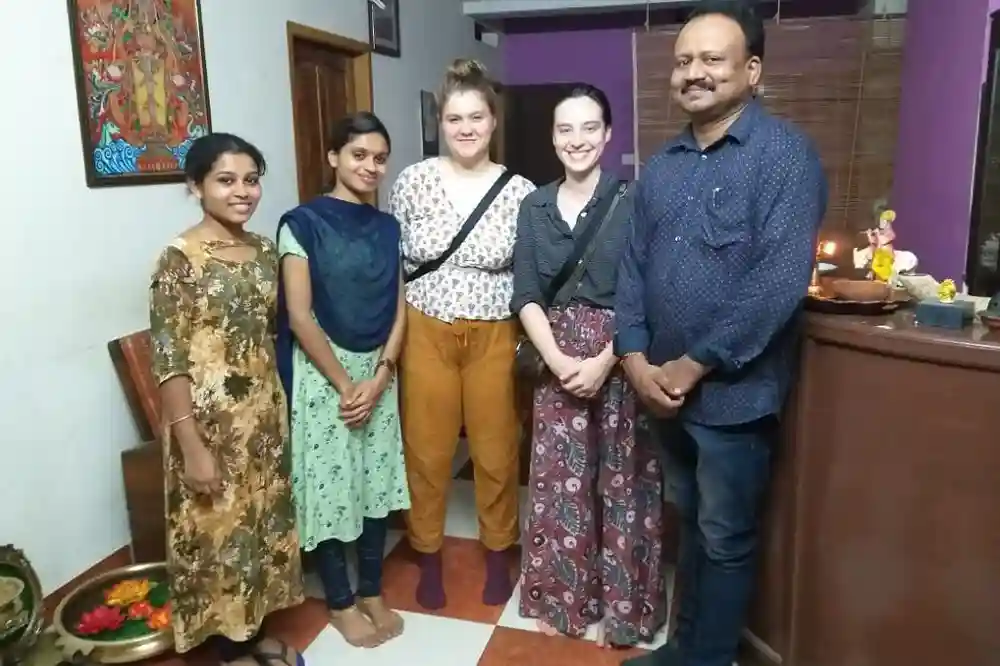Atopic dermatitis is a chronic and common skin condition that affects millions of people worldwide, with children being particularly susceptible. It is characterized by severe itching, swelling, exudation, and skin changes, including cracks. The condition often begins in early infancy, making children in their formative years more prone to its development. Ayurvedic Treatment for Atopic Dermatitis falls under the category of 'vicharchika,' a type of kushta rogas (skin disorders), where Kapha is the predominant dosha.
STAGES OF ATOPIC DERMATITIS:
Atopic dermatitis progresses through different stages, each with its distinctive characteristics:
Acute Stage:
The acute stage is marked by intense itching (pruritus) and visible skin cracks. The skin appears red, inflamed, and often oozes fluid due to scratching. The itching can be relentless, leading to discomfort and sleep disturbances for the affected individuals.
Subacute Stage:
In the subacute stage, the intensity of itching may decrease slightly, but the skin lesions persist. The skin appears erythematous (red) and may exhibit scaling and crusting. This stage is less acute than the initial phase, but the symptoms are still active.
Chronic Stage:
The chronic stage is characterized by persistent and long-lasting symptoms. The skin may become thickened (lichenification) due to repeated scratching and chronic inflammation. Fibrotic papular changes may also be observed in this stage, further contributing to the appearance of the affected skin.
CAUSES OF ATOPIC DERMATITIS:
The exact cause of atopic dermatitis is not fully understood, but several factors contribute to its development:
Genetic Factors:
Family history and genetic predisposition play a significant role in the development of atopic dermatitis. Children with parents or siblings who have a history of eczema or other allergic conditions are more likely to develop atopic dermatitis.
Skin Barrier Defect:
In atopic dermatitis, there is a defect in the skin's barrier function, making it more susceptible to irritation and inflammation. The skin fails to retain moisture, leading to dryness and susceptibility to environmental allergens and irritants.
Immune Response:
Individuals with atopic dermatitis have an altered immune response, with the immune system being in a reduced state of response. This results in increased sensitivity to allergens and microbial entities, triggering inflammatory reactions in the skin.
Exaggerated T-cell Response:
T-cells are a type of white blood cells that play a crucial role in the immune response. In atopic dermatitis, T-cells exhibit an exaggerated response to various allergy-causing factors, leading to inflammation and itching.
Predisposing Factors:
Several external factors can trigger or exacerbate atopic dermatitis, including exposure to allergens such as cow's milk, peanuts, eggs, synthetic products like clothes and detergents, infections, stress, and changes in weather conditions.
SYMPTOMS OF ATOPIC DERMATITIS:
The primary symptoms of atopic dermatitis include:
Pruritus (Severe Itching):
Itching is the hallmark symptom of atopic dermatitis and can be intense, leading to scratching and further irritation. Itching is often the most bothersome and distressing aspect of the condition for patients.
Skin Changes with Cracks:
The skin may exhibit changes such as dryness, redness, and scaling. Persistent scratching can cause the skin to crack, making it susceptible to infections and exacerbating inflammation.
Keratosis:
Keratosis refers to the formation of rough, scaly patches on the skin due to the excessive production of keratin. These patches may appear in various areas of the body, causing discomfort and cosmetic concerns.
Swelling:
Inflammation and swelling may be present in affected areas, leading to discomfort and pain. Swelling can further contribute to the skin's dryness and susceptibility to irritation.
Exudation:
Exudation refers to the oozing of fluid or pus from the affected skin due to inflammation. This can lead to further discomfort and the formation of crusts on the skin.
AYURVEDIC TREATMENT FOR ATOPIC DERMATITIS:
Ayurvedic Treatment for Atopic Dermatitis offers a holistic approach to managing atopic dermatitis by addressing the underlying imbalances in the body and promoting overall skin health. The treatment approach includes:
Internal Ayurvedic Medications:
Ayurvedic herbal formulations are prescribed to purify the blood, strengthen the immune system, and reduce allergic responses. The specific medications may vary depending on the individual's dosha imbalance and constitution.
External Panchakarma Treatments & Medications:
Panchakarma therapies like Sneha Pana (consumption of medicated ghee), Abyanga (oil massage), Virechana (therapeutic purgation), and Vamana (therapeutic emesis) are administered based on the patient's condition. These treatments help detoxify the body and alleviate the symptoms of atopic dermatitis.
Herbal Bathing:
Herbal bathing using specific herbs helps soothe the skin and reduce inflammation. The herbal bath can provide relief from itching and promote skin healing.
Special Diet:
A balanced and nourishing diet is recommended, with an emphasis on light and easily digestible foods. Ghee and butter are encouraged, as they provide nourishment to the skin and help improve its natural barrier function.
Lifestyle Measures:
Stress management and lifestyle modifications play a crucial role in managing atopic dermatitis. Regular exercise, yoga, and meditation can help reduce stress and improve overall well-being.
DO'S AND DON'TS:
Pathya (Dos):
- Consume light and easily digestible foods.
- Incorporate foods with sweet and bitter tastes.
- Include ghee and butter in the diet for skin nourishment.
- Eat green gram, wheat, and bitter vegetables, which are beneficial for skin health.
- Avoid direct exposure to the sun and walk in the shade with proper protection.
Apathya (Don'ts):
-
Avoid heavy and overly rich foods, as they can aggravate Kapha dosha.
- Refrain from consuming alcoholic preparations, which can further dehydrate the skin.
- Limit the intake of fermented milk products, as they may trigger inflammation.
- Avoid salty and sour foods, which can worsen itching and skin irritation.
- Avoid overexertion and excessive physical activity, as it can lead to sweating and aggravate the condition.
In conclusion, atopic dermatitis can be effectively managed with Ayurvedic treatment, lifestyle modifications, and proper diet. Ayurvedic Treatment for Atopic Dermatitis aims to address the root cause of the condition and provide long-lasting relief from symptoms. It is essential to consult an experienced Ayurvedic practitioner for personalized treatment and management of atopic dermatitis. The holistic approach of Ayurveda can help improve the overall quality of life for individuals suffering from this chronic skin condition.
Frequently Answered Questions (FAQ’s)
Q1. What is the main cause of atopic dermatitis?
A: The skin is less able to retain moisture and protect against bacteria, irritants, allergens, and environmental factors. It can also be caused by too much of bacteria staphylococcus aureus on the skin.
Q2. What foods trigger atopic dermatitis?
A: There is wide range of foods that might worsen atopic dermatitis. The foods most commonly found in immediate reactions are cow’s milk, egg, peanut, wheat etc.
Q3. Is atopic dermatitis spread?
A: It is a common condition that begins usually in childhood. However, anyone can get the disease at any age. Atopic dermatitis is not contagious. So, it cannot be spread from person to person.
Q4. Is dermatitis permanent?
A: Children will sometimes outgrow atopic dermatitis or have flares that are less severe over time. Though atopic dermatitis is not curable. It is manageable with the right treatments. So, people can reduce their symptoms.




